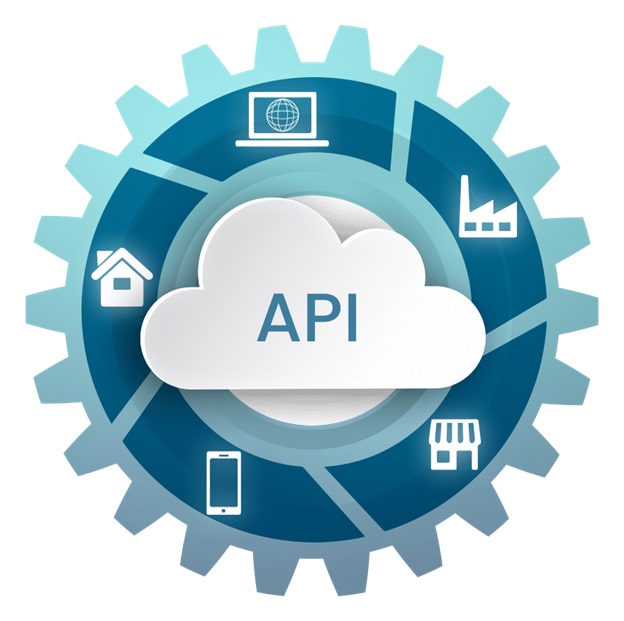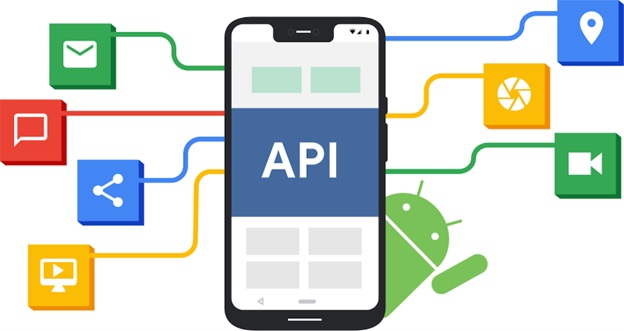APIs – To understand how Android can utilize the APIs, you must first understand every detail about an API. Numerous people have regularly used this term, but most are ignorant of the correct meaning. An API or Application Programming Interface can be defined as software enabling communications between two applications.
For instance, the moment you notice the famous app Facebook sending an instant message or when you grab your mobile phone to check the weather in your area – you are using an API. in technical terms, an API is a specific batch of rules (code) and specifications that every program can heed to keep communicating with each other.
Table of Contents
The Meaning and Evolution of APIs
There has been a massive rise in the field of APIs since there has been tremendous growth in the technological world. If you have been pursuing the tech field for quite some time now, you might have already noticed the evolution of the data processing sphere to an entirely revamped one. One good example is the use of storage. Nowadays, we cannot think of storing anywhere but cloud storage.
In the data field, there is a constant need for delivering and receiving data from/to the server. And, to perform this, there is always a need for a middleman. This middleman is highly responsible for managing the endless requests and securely serving the result to the owners. Both paid and public API bridges the gap between the end user and the server.
When the end user is assigned a request, the API perfectly accomplishes the request by gathering the data from the server and delivering it back to the user. Let us understand this with the help of a typical example.
Imagine planning to have lunch at a cafe, you order pasta from the waiter, who further conveys the order to the chef, and you get it delivered once it’s done. Here, the waiter is the API.
What are Web APIs?

The main difference in web APIs is that they are mainly used for interchanging information with a website by restoring or delivering information. The formation of a web API includes specific publicly exposed endpoints welcoming HTTP requests, and the response is made in the form of XML or JSON.
The Modern API
Over the years, API has been regarded as a line of connectivity interface to an application. It is recently that the advanced API has come up with some exceptional features that are incredibly pragmatic and efficient.
- The modern APIs are more focused on standard HTTP and REST platforms that are user-friendly, adaptable, and perceived broadly.
- Not codes, API products have more excellent serviceability. They are devised specially for particular audiences like mobile developers. They are structured in a specific way from which the audience can have distinguishing expectations of their upkeep and lifecycle.
- Like other pieces of productized software, the current API is built with its specific software development lifecycle (SDLC), which includes drawing, experimenting, creating, supervising, and versioning.
Android and API
Android is among the most renowned operating systems in the world. It is so popular that more than a billion devices run it. For this reason, implementing APIs on android apps offers the utmost satisfaction to the users. One way of knowing how to implement API on android can be understood by the following steps where it is stated how to enable the Android Performance Parameters API in the Google Cloud Console.
- Open the Google Console, a step towards the Project Page, and select a prevalent or create a new project.
- Turn on the Android Performance Parameters API on the selected project
- If an existing API is missing, click on ‘Create Credentials’, then ‘API Key.’
- Copy the API Key into the specific space of the game project
- Prohibit the API key to android apps only. Do this by clicking on the ‘Key restrictions’ section. If it doesn’t work, double-click the API key. Under the ‘Application restrictions’ section, push the ‘Android apps’ option. Select ‘Add an item’, select your app’s package name, authenticate your app, and use the release certificate.
- Restrict the API key to the Android Performance Parameters API by selecting the ‘Restrict Key’ under the API restrictions and then selecting the Android Performance Parameters API from the list.
- Lastly, ensure you click the ‘Save’ button to enable the restrictions.
APIs are of great help for numerous reasons. You can search specific cities by utilizing a city API, look for the weather in your region by using the weather API, and so on.

